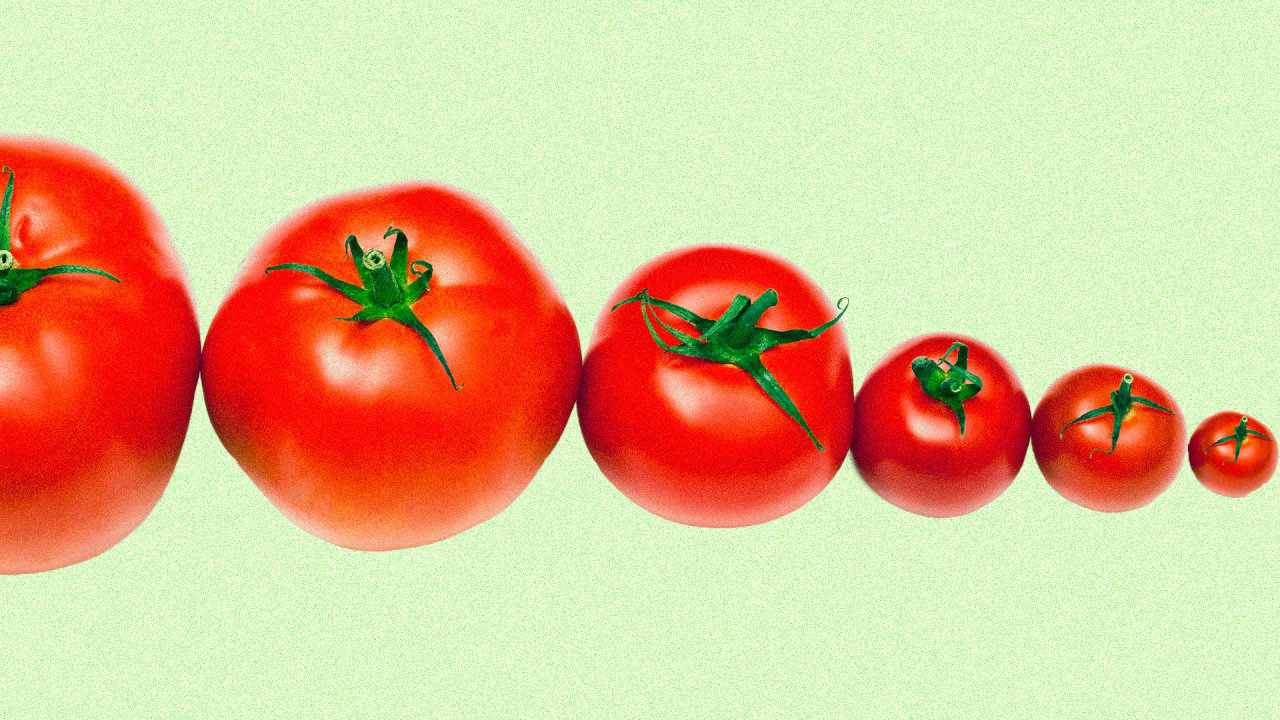[ad_1]

Consumers are already feeling the squeeze as inflation soared above 9% in June, and evidently, many are feeling additional pressure in the form of “shrinkflation.”
That’s according to the latest data from the Yelp Economic Average (YEA) report for Q2 2022, which finds that consumers are reporting experiences of shrinkflation in many of the reviews posted on the platform.
“Shrinkflation” refers to the quiet and somewhat clandestine practice of shrinking package sizes while maintaining current price levels by product manufacturers. As Yelp’s report notes: “For the first time ever consumers are mentioning ‘shrinkflation’ in Yelp reviews. In Q2 2022, consumers are talking about shrinkflation-related experiences most commonly at restaurants serving more affordable offerings like hot dogs, hamburgers, pizza, followed by seafood restaurants, Italian food, and Chinese food.”
Shrinkflation is not a new phenomenon, but consumers—eager to make each and every dollar stretch further during a time of high inflation—are becoming increasingly aware of it. An NPR report published in June pointed out a couple of examples: A small box of Kleenex now contains 60 tissues, whereas earlier this year, it had 65, and Chobani Flips yogurt has dropped from 5.3-ounce serving containers to 4.5-ounces. But again, despite the reduction in the amount of product a consumer is purchasing, they’re still paying the same price.
Interestingly enough, despite more consumers mentioning shrinkflation, and the effect that overall inflation may be having on their consumption habits, Yelp’s data shows that Americans aren’t shying away from spending more than they were before COVID took its toll.
“While consumers searched for fewer higher-priced businesses in Q2 2022 compared to Q1 2022, perhaps in response to inflation, they still searched for higher-priced businesses more frequently than prior to the pandemic — an encouraging indicator that intent to spend at higher priced businesses is still strong,” said Pria Mudan, data science leader at Yelp, via a press release. “As people continue to settle into a new normal,” she said, “they’re finding ways to adapt amid new economic challenges.”
That aligns with the most recent advance June retail sales numbers, released by the Census Bureau last week, which showed U.S. retail sales rising by 1%—a surprise, given the overall doom-and-gloom sentiment about the economy over the past few months.
So even as inflation has put a vise on Americans’ wallets, they’re still spending—for now. Another element to consider is how they’ll respond to shrinkflation, which, again, is as in-your-face as it has likely ever been, given the current economic climate, and the need for businesses to try and maintain profit margins.
Previous research has found that consumers, once aware that companies are effectively pulling a fast one on them by reducing product sizes or portions, will avoid certain brands and tell their social circles to do so as well. However, shrinkflation has been an effective way to increase profits because many shoppers are far less sensitive to changes in packaging than they are to changes in price, further research indicates.
Still, with inflation as high as it is, and more consumers paying closer attention, attempts by brands to squeeze more profit out of each sale by changing package sizes may not go unnoticed.
And evidently, per the new Yelp data, it hasn’t.
[ad_2]
Source link

